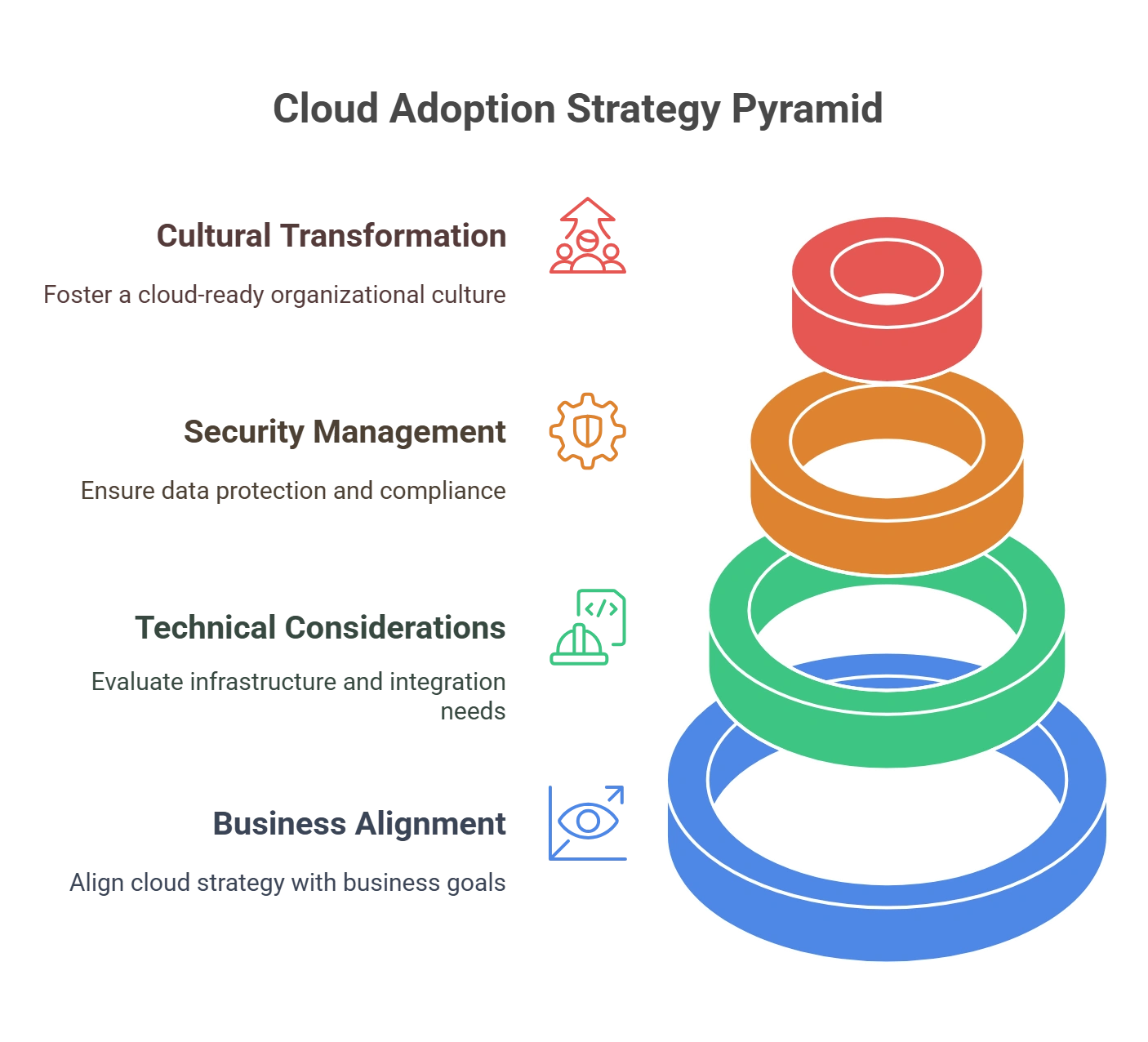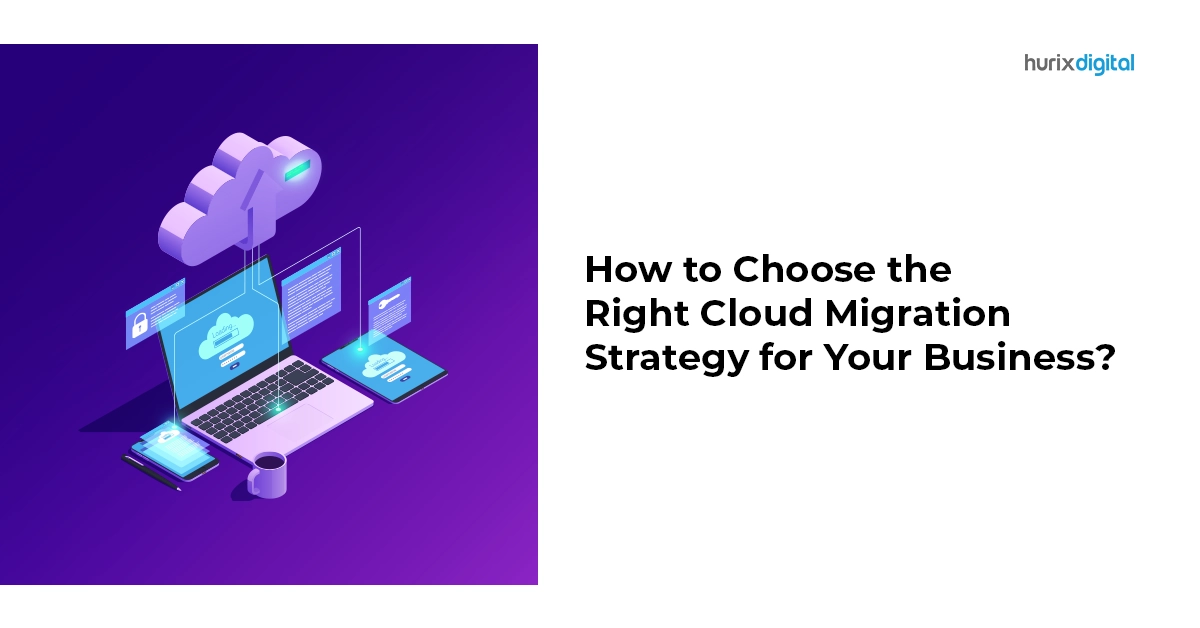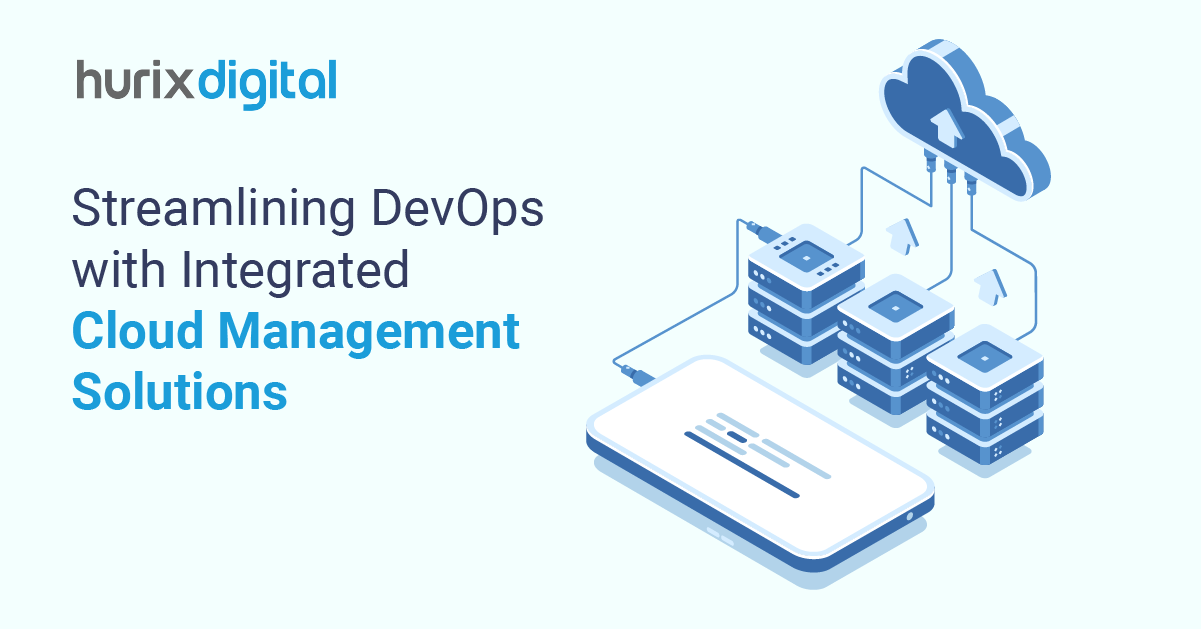
Cloud-Managed IT Services for Scalable, Skilled, and Future-Ready Infrastructure
Summarize with:
In the past decade, cloud computing has revolutionized business operations, offering benefits like location-independent collaboration, enhanced data security, scalability, and cost reductions. However, many organizations face a significant challenge: the skills gap, which limits their ability to utilize cloud capabilities fully.
A recent survey found that 95% of IT decision-makers reported this gap negatively impacted their teams. This problem is likely to intensify as demand for cloud services grows.
To address this issue, organizations can turn to cloud-managed IT services, which offer a cost-effective, flexible, and scalable solution. In this blog, we’ll explore how these services can help bridge the skills divide.
Table of Contents:
- What are Cloud Managed IT Services?
- Understanding Cloud Adoption and the Skills Gap
- How to Address Skills Gaps with Cloud-Managed IT Services?
- Strategic Considerations for Cloud Adoption in a Future-Ready IT Strategy
- Wrapping Up
What are Cloud Managed IT Services?
Cloud-managed IT services are structured services offered by cloud experts to organizations that find more value in outsourcing the entire operations and strategic management of the cloud to an external service provider.
This approach to cloud management has several benefits for businesses looking to optimize their cloud use. However, they may not have the internal resources and bandwidth to do so.
By partnering with a Cloud Services Provider (CSP), businesses can enjoy the following benefits:
- Reduced recruitment costs towards hiring full-time in-house cloud management teams while addressing skill gaps optimally.
- No need for investment in hardware and software related to cloud management.
- Flexibility to customize services as well as their needs. For instance, they can choose between public, private, hybrid, or multi-cloud environments.
- Significant cost savings due to the lack of set-up and maintenance costs.
- End-to-end cloud management, including monitoring, maintenance, data security, and recovery.
- Scale and scale down cloud operations as per real-time business needs.
In 2023, the cloud-managed services market was valued at $107.1 billion. This market is estimated to grow by a Compound annual growth rate (CAGR) of 14% between 2024 and 2032 to $359.9 billion. With cloud adoption becoming a non-negotiable function, businesses must seriously consider cloud consulting services to help address the skills gap.
Understanding Cloud Adoption and the Skills Gap
Today, many businesses are looking at cloud migration, which demands a mix of general and advanced skills.
For instance, general cloud computing skills include:
- Expertise in cloud service platforms
- Proficiency in programming languages
- Knowledge of application programming interfaces (APIs)
- Database management
- Network management
- Development and operations (DevOps)
- Machine learning and artificial intelligence (AI)
- Cloud security protocols
- Hybrid cloud solutions
- Storage management
- Containerization
- Data and application migration and deployment
Advanced cloud computing skills encompass:
- Automation and orchestration techniques
- Linux system administration
- Capacity planning and management (flux capacity)
- Performance testing and optimization
- Metrics and analytics for cloud performance
- Cost and workload management strategies
- Cloud partnering and vendor management
- Serverless architecture design
- Infrastructure as code (IaC)
- Multi-cloud strategy implementation
- Advanced analytics and platform engineering
Given the breadth of skills required, establishing an in-house cloud computing center of excellence can be prohibitively expensive. The competition for qualified cloud talent is fierce, and businesses often require tailored solutions to tackle complex challenges, as well as personnel who can creatively leverage the cloud to solve problems at scale.
Moreover, the rapid pace of cloud technology evolution necessitates continuous learning and upskilling, further complicating talent acquisition and retention.
A superior cloud-managed IT services provider is well-equipped to deliver customized solutions that meet a business’s real-time needs, effectively addressing the skills gap. These providers can offer transformative solutions that enhance efficiency, reduce costs, and drive innovation by using advanced cloud service management, AI, machine learning, and automation.

How to Address Skills Gaps with Cloud-Managed IT Services?
Here is a step-by-step approach to how organizations can work on cloud transformation through a sustainable solution:
1. Conduct an Audit of Cloud Computing Needs
Organizations must comprehensively audit their understanding of cloud computing’s means and capabilities. Key technology leaders from various departments must collaborate to identify requirements and areas where cloud computing can transform efficiency, innovation, productivity, and revenues.
2. Offer Exposure Training to Cloud Computing
Technology teams may not have access to knowledge of cloud computing’s full potential in transforming services, products, and ecosystems. Offering exposure training can help teams visualize the potential to innovate, increase data security, collaborate better, and problem-solve complex market scenarios by exploring cloud computing.
3. Identify the Skill Gaps
The next step is to examine the company’s position on skills to help turn these cloud computing needs into outcomes. Force-fitting IT professionals with generic skills may not be a sustainable solution to tackle Cloud Computing needs.
Additionally, have open conversations with team members to understand their skills and goals. This will help identify skill gaps and encourage a culture of ongoing learning, allowing the organization to better adapt to changes in cloud technology and market needs.
4. Partner with a Superior Cloud Services Provider (CSP)
Based on the findings related to the skill gap and cloud computing needs, businesses can consider a mix of in-house and cloud consulting.
Choosing the right technology expert is an important step in leveraging cloud managed services to address the skills gap. A trusted partner must have capabilities that range from proactive monitoring and preventive maintenance of technology stacks to incident & problem management and on-demand support.
5. Implement a Continuous Learning Program
Establish a continuous learning program that focuses on both formal training and informal learning opportunities. Encourage team members to pursue certifications, attend workshops, and participate in online courses related to cloud technologies. This helps bridge the skills gap and keeps the team engaged and motivated to enhance their capabilities.
6. Evaluate and Adapt Strategies Regularly
Evaluate the effectiveness of your cloud transformation and skills development strategies regularly. Use metrics and feedback to assess whether the initiatives meet the organization’s goals.
Be willing to adapt your approach based on new cloud computing trends, changing business needs, and employee feedback to ensure ongoing relevance and success.

Strategic Considerations for Cloud Adoption in a Future-Ready IT Strategy
A strategic approach is paramount to maximize the value proposition of cloud services and ensure successful integration into an organization’s long-term IT strategy.
Organizations can construct a robust and future-oriented IT foundation by adopting cloud services. However, to accelerate cloud computing benefits, a well-defined strategy is paramount. Here are important considerations for a successful cloud migration journey:
1. Business Alignment and Long-Term Vision
Cloud adoption should be a strategic decision driven by clearly defined business objectives. Aligning your cloud migration with your long-term growth plans ensures the chosen solution supports future initiatives and nurtures IT modernization.
A comprehensive lifecycle approach that extends beyond just the initial migration is essential. This emphasis on continuous improvement is particularly relevant in a multi-cloud environment. Underscoring this point, 4 out of 10 companies cite skill shortages as the top factor impacting their multi-cloud operations. Therefore, ongoing management processes and upskilling IT personnel should be considered. This will ensure they can effectively leverage the cloud platform’s capabilities and continuously optimize costs and performance.
2. Technical Considerations
Most businesses gain from hybrid cloud solutions that purposefully fuse cloud services and on-premises infrastructure. These solutions enable customized solutions to satisfy the distinct needs of diverse workloads in terms of performance, security, and compliance.
A robust data management and governance strategy is paramount for building trust and maintaining a secure cloud environment within your future-ready IT infrastructure. Data residency regulations, security issues, and internal data governance guidelines must be carefully considered. It is essential to comprehend the locations of data processing and storage and ensure that applicable laws are followed.
Legacy monolithic apps may impede the full potential of cloud infrastructure. IT modernization efforts, such as decomposing these applications, can unlock agility and enable the creation of new business capabilities by leveraging cloud-native features.
Building a composable IT environment is fundamental to agility. It involves creating reusable building blocks such as APIs, microservices, and infrastructure blueprints. This modular approach allows for rapid development and adaptation to changing business needs.
3. Security and Risk Management
Cloud adoption doesn’t negate the need for robust security. Organizations must maintain a rigid security stance in their cloud architecture. Continuous vulnerability assessments, frequent security patching, and rigorous adherence to recommended standards for cloud security are all part of this.
This can hinder cloud computing’s inherent scalability and flexibility advantages. A multi-cloud strategy is gaining popularity for organizations striving for agility. Adopted by an astounding 92% of businesses, this approach helps enterprises maximize the value proposition of their cloud investments by avoiding over-reliance on a single provider and utilizing the distinct strengths of various cloud providers.
4. Cultural Transformation
Transitioning to cloud technology often necessitates a change in IT skills. Traditional IT professionals may have to acquire skill sets in cloud architecture, cloud security, and cloud-native application development. Investing in training programs ensures that your IT staff has the essential cloud skills to oversee and enhance your cloud infrastructure.
A clearly outlined strategy for managing changes is necessary for a productive cloud migration. It is crucial to effectively explain the benefits of cloud computing to all parties involved, such as IT personnel, business units, and end-users, to gain their support and reduce any potential disturbance. Proactively addressing any concerns and offering clear guidance during the migration process will result in a seamless transition and fully utilize the benefits of your future-proof IT infrastructure.
Read Success Story: Hurix Digital Modernizes IT Systems for a Food Manufacturing Giant
Wrapping Up
As cloud computing plays a greater role in business success, it has become imperative for organizations to bridge the skills gap quickly and efficiently.
Availing of cloud-managed IT services offered by a superior technology expert can help businesses do so cost-effectively.
If your organization is looking to enhance its cloud computing operations, exploring the benefits of cloud-managed IT services could be a strategic move. These services grant access to vital skills and expertise, streamline processes, boost efficiency, and promote a more agile response to market changes. If you want to learn more, our team is here to help.
Summarize with:

Vice President and Strategic Business Unit Head – Cloud Services
A top technology management voice on LinkedIn with 20 Years of experience in Information Technology, Cloud Services, Digital Transformation, Application Modernization, Managed Services, IT Security Engineering and Operations Management. An avid technology Leader, Leadership Speaker, Author & Coach.
 Upcoming Masterclass | Build an Army of Brand Evangelists using Training & Development | November 20th, 8:30 AM PDT | 11:30 AM EDT | 10:00 PM IST
Upcoming Masterclass | Build an Army of Brand Evangelists using Training & Development | November 20th, 8:30 AM PDT | 11:30 AM EDT | 10:00 PM IST




